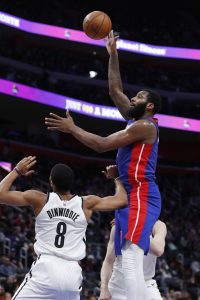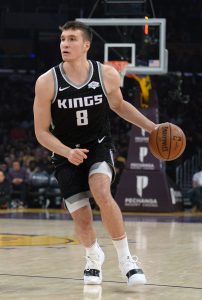We’re just two days away from turning our calendars to 2020, which means the topic of the NBA’s All-Decade Team for the 2010s has been a popular one as of late.
Picking three All-NBA Teams for a full decade is even more complicated than selecting them for a single season. Longevity comes into play — if a player was only active for half the decade, but excelled during those five years, does that outweigh a solid 10-year run by another player? And how should consistent statistical stardom over a 10-year stretch by a player who didn’t win a title compare to someone who won three championships but didn’t necessarily post incredible numbers?
Among those who have shared their All-Decade Teams is Ben Rohrbach of Yahoo Sports, whose picks followed the usual All-NBA format — Rohrbach selected three teams comprised of two guards, two forwards, and one center each.
The First Team is made up of the usual suspects. LeBron James and Stephen Curry lead the way, with Kevin Durant and James Harden joining them in the frontcourt and backcourt respectively. Those four players combined to win seven of 10 MVP awards since 2010, and six of the 10 champions this decade featured at least one of those four stars. James, Durant, and Harden are also the NBA’s three leading scorers over the last 10 years, while no player has a higher win-share rate than Curry since the start of the 2013/14 season.
No centers have dominated the decade from start to finish, so Rohrbach filled out his First Team with Anthony Davis, who may be the NBA’s best center right now, even if he prefers to play the four.
Rohrbach’s Second Team picks are guards Russell Westbrook and Chris Paul, forwards Kawhi Leonard and Giannis Antetokounmpo, and center Dwight Howard, who was a perennial All-Star for the first half of the decade.
Rohrbach’s Third Team features a few more players whose best years of the decade came in the first half of the 2010s, with guards Dwyane Wade and Kobe Bryant making the cut, along with center Tim Duncan. Forwards Paul George and Draymond Green fill out the Third Team.
While Rohrbach’s 15 selections are certainly worthy of recognition, a handful of noteworthy stars didn’t make the cut. Forwards Carmelo Anthony, Blake Griffin, and LaMarcus Aldridge, who combined for 16 All-NBA nods in the 2010s, only earn honorable mention, as do guards Jimmy Butler, Damian Lillard, Klay Thompson, and Kyrie Irving, and centers DeMarcus Cousins, Marc Gasol, Pau Gasol, and Joel Embiid. Dirk Nowitzki, Tony Parker, Chris Bosh, and Rudy Gobert were also considered.
I would’ve given Kyle Lowry serious consideration for a backcourt spot on the Third Team, so I’m surprised he didn’t even show up in Rohrbach’s honorable mentions, but otherwise I can’t quibble with too many of his picks.
We want to know what you think though. Are there any glaring omissions you’d like to see on the list? Do you think any players on Rohrbach’s Second or Third Teams should be bumped higher, or eliminated from the top 15 altogether?
To help refresh your memory on the full decade, here’s a list of every player who has earned multiple All-Star nods since 2010, sorted by win shares per 48 minutes, via Basketball-Reference.
Let us know in the comment section below who you think belongs on the NBA’s All-Decade Teams for the 2010s!
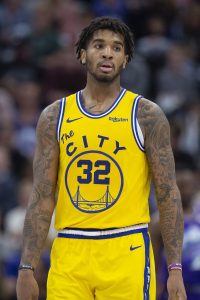
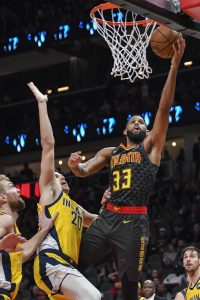 Allen Crabbe
Allen Crabbe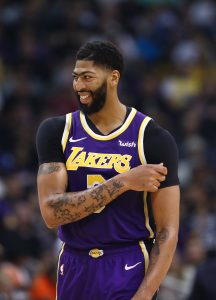 For a star like
For a star like 